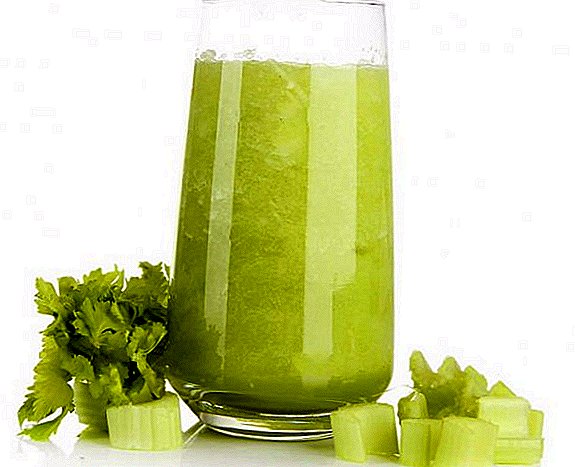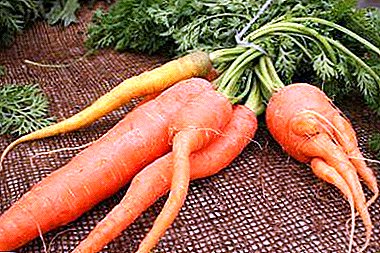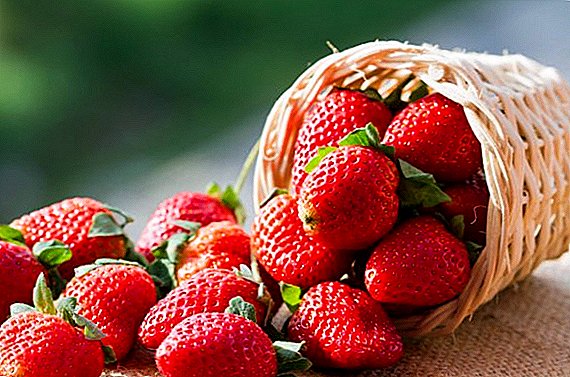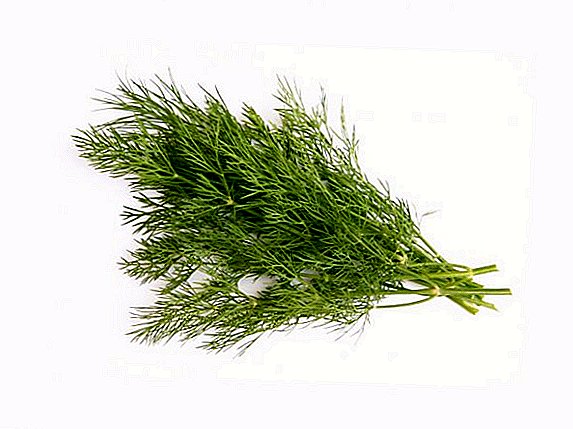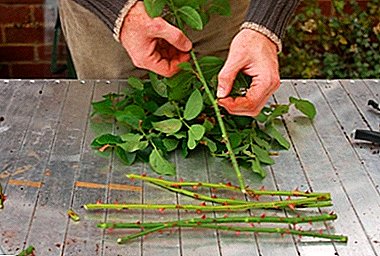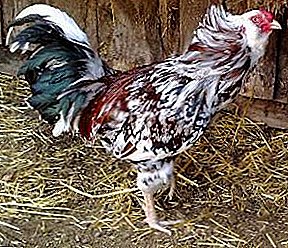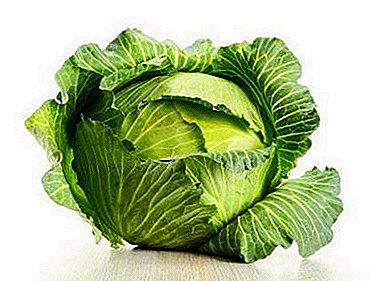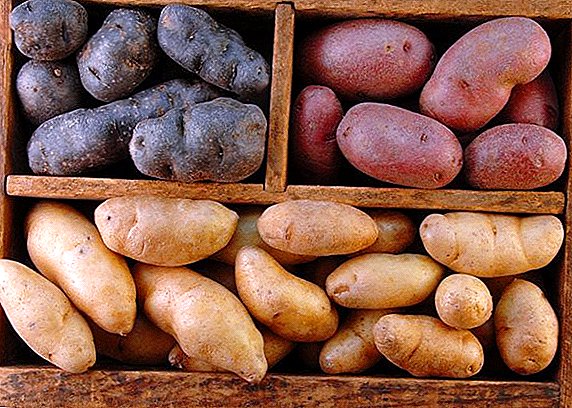
The climate of central Russia is moderately continental, winter is snowy and frosty, summer is warm and rather humid. In such conditions, the cultivation of garden crops will have many features. Here, not every variety is suitable, and not any technology, and its time, and pests. Now about everything in order.
Top Grades
The suburbs are called the zone of risk farming because of the special climatic conditions. If we talk about potatoes, then not all varieties will fit here. The best potato varieties for the Moscow region are ultraearly, early, late early. Late varieties should be eliminated immediately, because they will not have time to ripen in the Moscow region. Ultra Early: Zhukovsky Early; early varieties: Early Rose, Penza early maturation, Provento, Favorite, Wizard, Luck, Sineglazka; Late early: Leader, Lorch will be the best among the early potato varieties for the Moscow region. All of them are table purpose, high yields, well preserved. 
Terms for landing
We will understand when to plant potatoes in the suburbs. The most important factor is warming the soil. So what about the exact dates we can not go. We can say that the seeds need to be planted in the sun-warmed soil around the end of April or the beginning of May. And this is only under the condition that the soil has warmed up to 8 ° C at a depth of 10-15 cm, the frosts on the ground have already passed, and the soil moisture is still high.
Terms of planting potatoes in the suburbs depend primarily on the state of the soil.
Did you know? According to the national calendar, potatoes are planted in the period between the appearance of leaves on birch and flowering of bird cherry.
Optimal place
Sandy and loamy soil is favorable for growing crops. It is on such sites that a good harvest can be achieved. When choosing a place, remember what grew up here last year. If tomatoes, potatoes, pepper - look for another. Well planted potatoes on the site of cucumbers, beans, cabbage. The optimal place is sunny, open, without shade from trees. In addition, planting in the lowlands is also undesirable because of the high soil moisture. 
Planting potatoes
People say that it is impossible to plant on the new moon and the full moon. It is best to land on the growing moon. Landing has several stages. Consider them in more detail. 
Preparatory work on the site
If you think that potatoes should be started in the spring, you are deeply mistaken. It is necessary to prepare the soil in the fall after harvest. First of all, you need to dig up the area on the spade bayonet, fertilize it with humus or compost, add ash at the rate of 10 kg of humus or compost, 1 liter of ash per 1 sq.m. 
Important! When growing potatoes, fresh manure cannot be used.In the spring, the soil should also be loosened by 15 cm. Here it is better to use a pitchfork. Layers do not need to turn. It is necessary to determine the area on which the landing is planned. And work with her. Because for other cultures need a different preparation.
How to prepare planting material
Planting material also requires some training. Not only technology is important here, but also the timing. First of all, we must take care of the germination and processing of tubers. Seed potatoes need to be green, i.e., hold in the light for 10-15 days.
Important! Greened potatoes cannot be eaten, it is poisonous.Next, produce vernalization, in other words - germination. To do this, place the seed roots in the light in a room with a temperature of 17-18 ° C for 7-9 days, then put in a cooler room. A week before disembarking, return to the basement or cellar, where the temperature is up to 8 ° C. You need to process the tubers with a nutrient solution from a spray bottle 3 days before planting and a pest remedy - the day before.
Scheme and technology
There are several technologies for planting potatoes, each has its own scheme. You can traditionally use the garden, ridge, smooth and row methods. The choice of method will depend on the type of soil, its moisture, habits of the owners and other factors. Saddle and cresting methods are good if the soil is clayey, does not allow air and water to pass through. The beds are formed according to the 2 + 2 + 2 scheme, i.e., in each of them there will be two rows across the entire width of the section. The bed is formed by 15-20 cm tall, tubers are planted, seedlings immediately covered with soil. And the moisture is saved, and air circulation is good, and it is easier to harvest.
The ridge method involves the scheme of long rows-ridges for the entire width of the site. This method is good for excessive soil moisture. Potatoes are laid out in rows after 15-20 cm, and a comb of 20-25 cm is piled onto it, which is supplemented in height daily for 5 days. So the soil warms up, and moisture is saved, and the weed will not have time to grow. The gap between the rows is about 60 cm. The smooth method involves planting tubers under a shovel in a square-nested way. How to plant potatoes under a shovel, tell anyone, because it is the most ancient way. They are gradually moving away from it, since this is a very labor-intensive process. Others - easier. 
Potato care after planting
After planting, the particular care for the seedlings will depend on which planting method you choose. What will be necessary in any way is watering, weeding, hilling, feeding, pest control.
You may also be interested in such varieties of potatoes as: "Irbitsky", "Kiwi", "Adretta", "Blue", "Queen Anna", "Good Luck", "Gala".
Watering
With the ridge and ridge method, water is supplied to the aisle. When even - in the wells or continuous irrigation. The frequency of irrigation will depend on the amount of precipitation. In a dry summer, potatoes need to be watered every other day, starting from the third week after the entries appear. If there is enough rain, water as the soil dries. Watering is especially important at the time of tying tubers and their growth.
Harrowing
The first harrowing is necessary after 5-6 days of planting the tubers, then every 4-5 days until germination. After the appearance of sprouts - a couple more times as necessary. 
Loosening, weeding and hilling
Here the plants have germinated - it means it is already impossible to harrow. Now move on to other actions. The first is loosening, if necessary. Most often, the need for loosening appears after rain, when the earth dries up and a crust forms. It is necessary to loosen deeper between rows, in the rows - smaller, so as not to injure the tender shoots. The first hilling is carried out when the seedlings grow to 12-14 cm. The second time is before closing the tops. With the ridge method, the earthing up is done by scooping the ground onto the ridge 20-25 cm from both sides. In other cases - from all sides. As for weeding, with any method of planting tubers weeding can be combined with loosening and hilling.
Important! Potato berries are very toxic to humans.

Top dressing
Feed potatoes preferably before loosening and hilling. You will need to do this twice. For the first time - after sprouting, feeding nutrient mixture under a bush: 2 handfuls of humus + 2 tsp. ammonium nitrate. You can feed and just ash, mixing it with the ground 1: 1. The second feeding is done during the flowering period before watering with the root solution. Solution: 10 liters of water, 1 tbsp. l nitrofoski, 2 tbsp. l superphosphate. Feed the potatoes need in the early period of development. After flowering - it is impossible.
Pest protection
Potatoes must be protected from pests. And both sprouts, sprouts, tops, and roots, later - tubers. Particularly dangerous pests include the Colorado potato beetle, wireworm, potato and stem nematode, and Medvedka. 
Did you know? Potato pests there are about 60 species.Remedies against insects and other potato-eaters are biological and chemical. The biological method is more benign and practically safe for humans and animals. The method consists in the fact that the plot is surrounded by plants that scare away pests. For example: mattiola, marigold, wormwood. You can spray the potatoes with infusion of tomato leaf, garlic, and wormwood. You can use the biopharmaceuticals "Aktophyt", "Bitoxibacillin", "Lepidotsid", "Bicol", etc. Of course, chemical preparations act faster and more efficiently. Use them with caution and only before tying the tubers.
Important! When using pest control products, strictly follow the instructions.
Harvesting and storage of the crop
Harvesting potatoes in the Moscow region, as a rule, begins in mid-July or early August, since ultra early, early and late early varieties are used. 1-1.5 weeks before harvest, you can (but not necessarily) mow the tops. Some vegetable growers find it useful to increase yield. Harvesting is a very labor-intensive process that involves not only digging up the tubers, but also sorting them, processing (if necessary), defining for storage. In order to extract the tubers from the bed or ridge, it is enough to undermine it, rake the ground and choose potatoes. If the potatoes are planted in a smooth way, then each bush will have to dig. Once the tubers are selected, level the surface. After removing the potato from the ground, it must be sorted. That is, select planting material for the next year, divide the potatoes, which will go to food and small. Separately - damaged and diseased tubers. 
It is also important to divide the crop into varieties, because each of them may differ by conditions and duration of storage. Before being deposited, potatoes must be dried, but not in the sun. Before sending for storage, seed potatoes need to be ground green in the sun, spread out in boxes, signing varieties. Can be treated from pests. Storage conditions: in the basement or cellar in boxes or "bins", covering the floor with boards and using boards for separation. The room should be well ventilated, not cold and not damp. The temperature should not fall below 4-5 ° С. Periodically, the potatoes need to sort out, throwing rotten. In the spring, when the "eyes wake up", to sort out, removing sprouts at least 1 time per week. So the tubers will remain suitable for eating longer.
Did you know? More than 500 dishes can be cooked from potatoes.Growing potatoes in any region is not easy. But how much more pleasant to enjoy the taste of "second bread", grown by hand.


